Now I need to write the article following the specific structure and formatting requirements. Each section needs to be 100-120 words, with descriptive headings that include "retaining wall" in them, and varied opening sentences.Creating beautiful outdoor spaces doesn't require breaking the bank, especially when it comes to building functional retaining walls. Whether you're dealing with sloped terrain, preventing soil erosion, or simply wanting to add structure to your landscape design, affordable retaining wall solutions can transform your property while staying within budget. From recycled materials to DIY-friendly options, there are numerous creative approaches that combine practicality with aesthetic appeal. These cost-effective alternatives to expensive stone or professional installations allow homeowners to tackle erosion problems, create level planting areas, and enhance their outdoor living spaces without compromising on durability or style.
1. Landscape Timber Retaining Wall
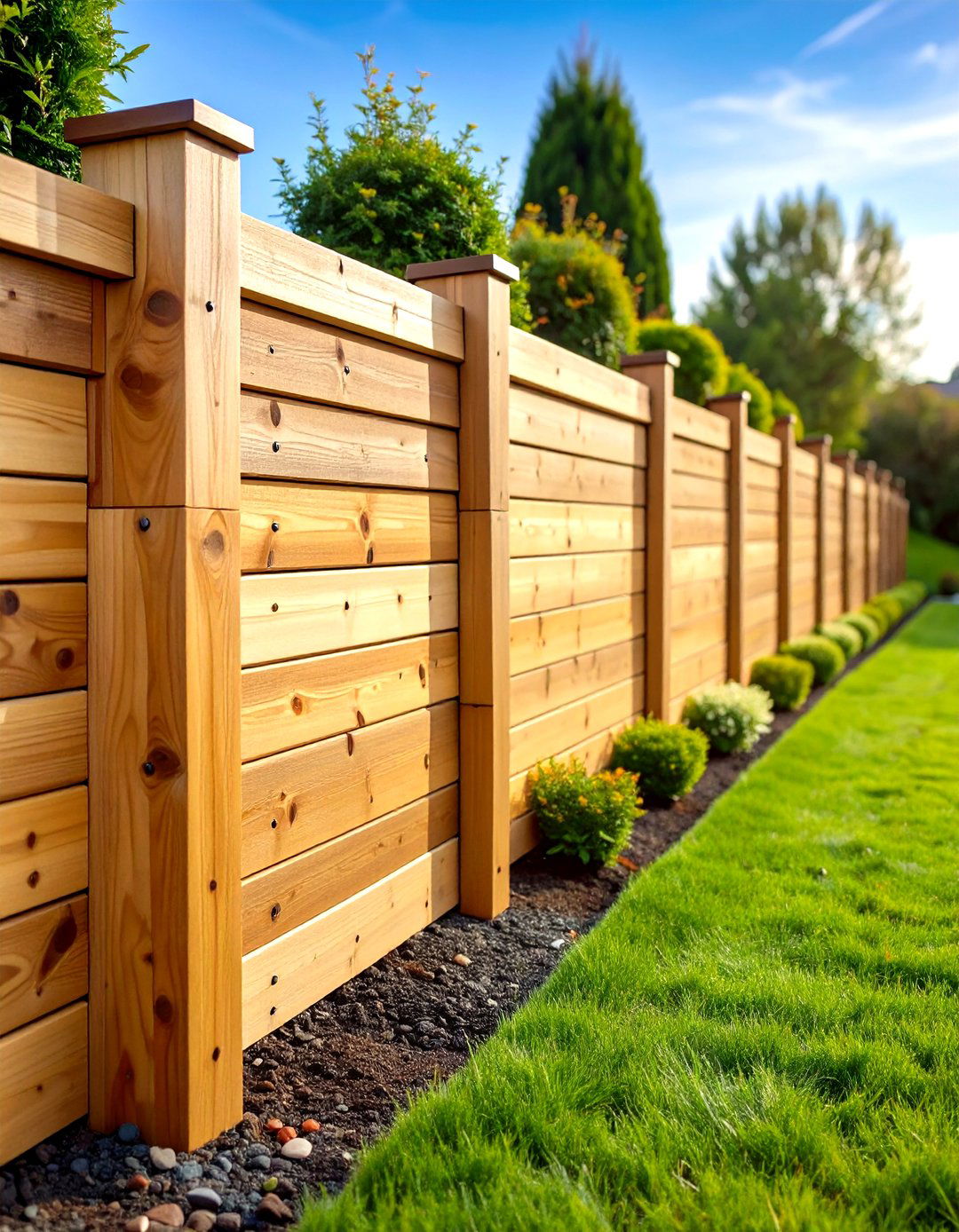
Among the most budget-friendly options available, landscape timber walls are one of the most budget-friendly and easiest retaining walls to build. These rounded-edge lumber pieces stack naturally like logs and require only large spikes to secure them in place. Landscape timbers are often mistaken for standard pressure-treated 4x4s, but they are actually lower-grade lumber, designed for strength rather than appearance. With costs typically ranging from $12-$15 per square foot, they offer exceptional value for DIY enthusiasts. However, their 3" x 4" thickness limits their use to walls under 4 feet tall. Installation involves minimal tools and basic construction skills, making this an ideal weekend project for homeowners seeking an immediate, functional solution for minor slope management.
2. Gabion Wire Cage Retaining Wall
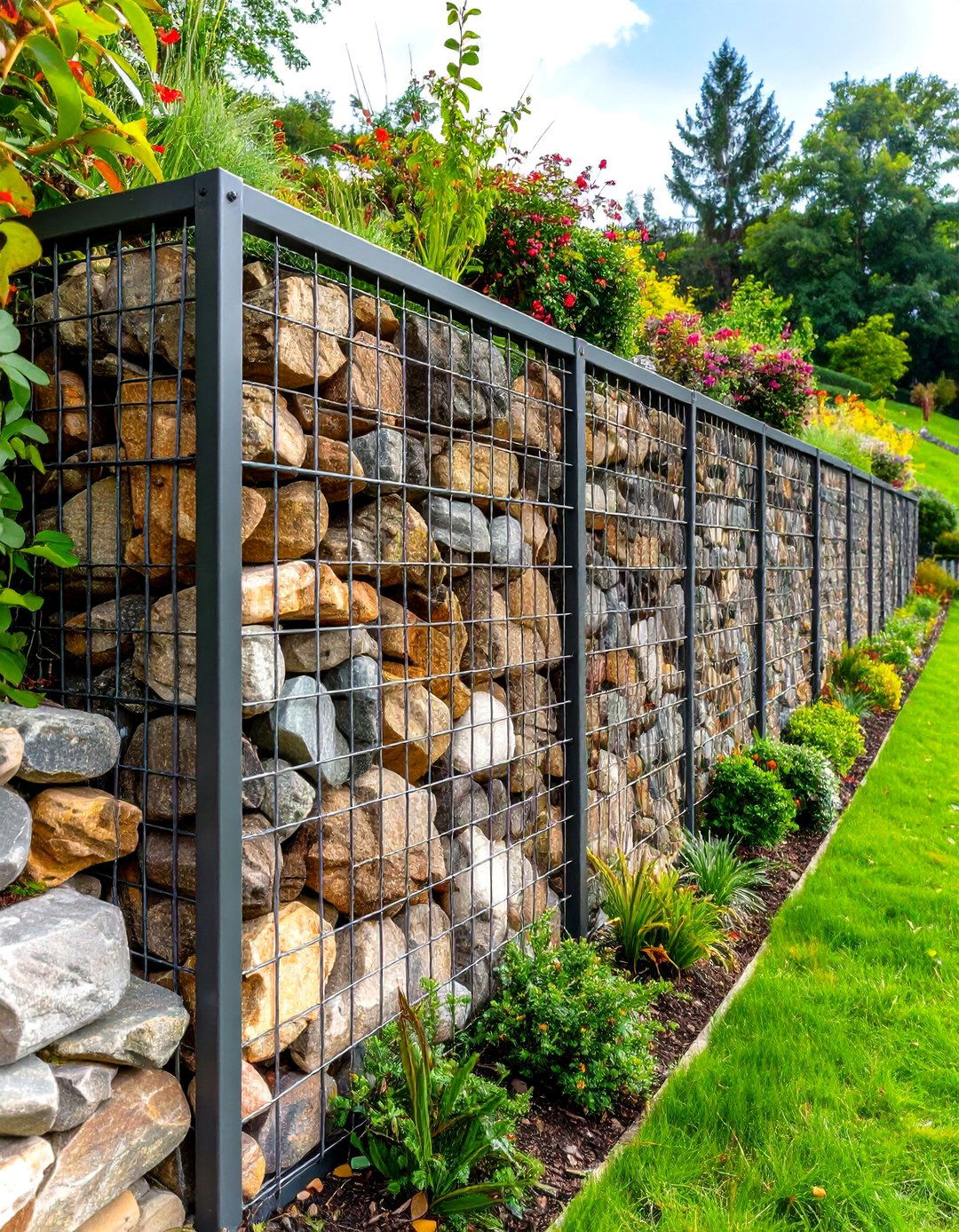
The innovative approach of gabion construction offers remarkable versatility for retaining wall projects. Gabion walls can be a perfect option for easy retaining wall ideas on a budget. Ever thought about using gabion walls? Imagine these robust wire cages, filled with rocks, bricks, or similar materials. These structures become impressively stable once packed with local stone or recycled materials. Construction requires wireframes shaped into rectangles, which are then filled with tightly packed aggregate materials. The modular design allows for creative height variations and curve formations. Drainage occurs naturally through the gaps between rocks, eliminating moisture buildup concerns. While requiring some physical effort during filling and positioning, gabion walls provide excellent longevity and can incorporate found materials, significantly reducing overall project costs while creating an attractive, industrial-modern aesthetic.
3. Concrete Block Retaining Wall
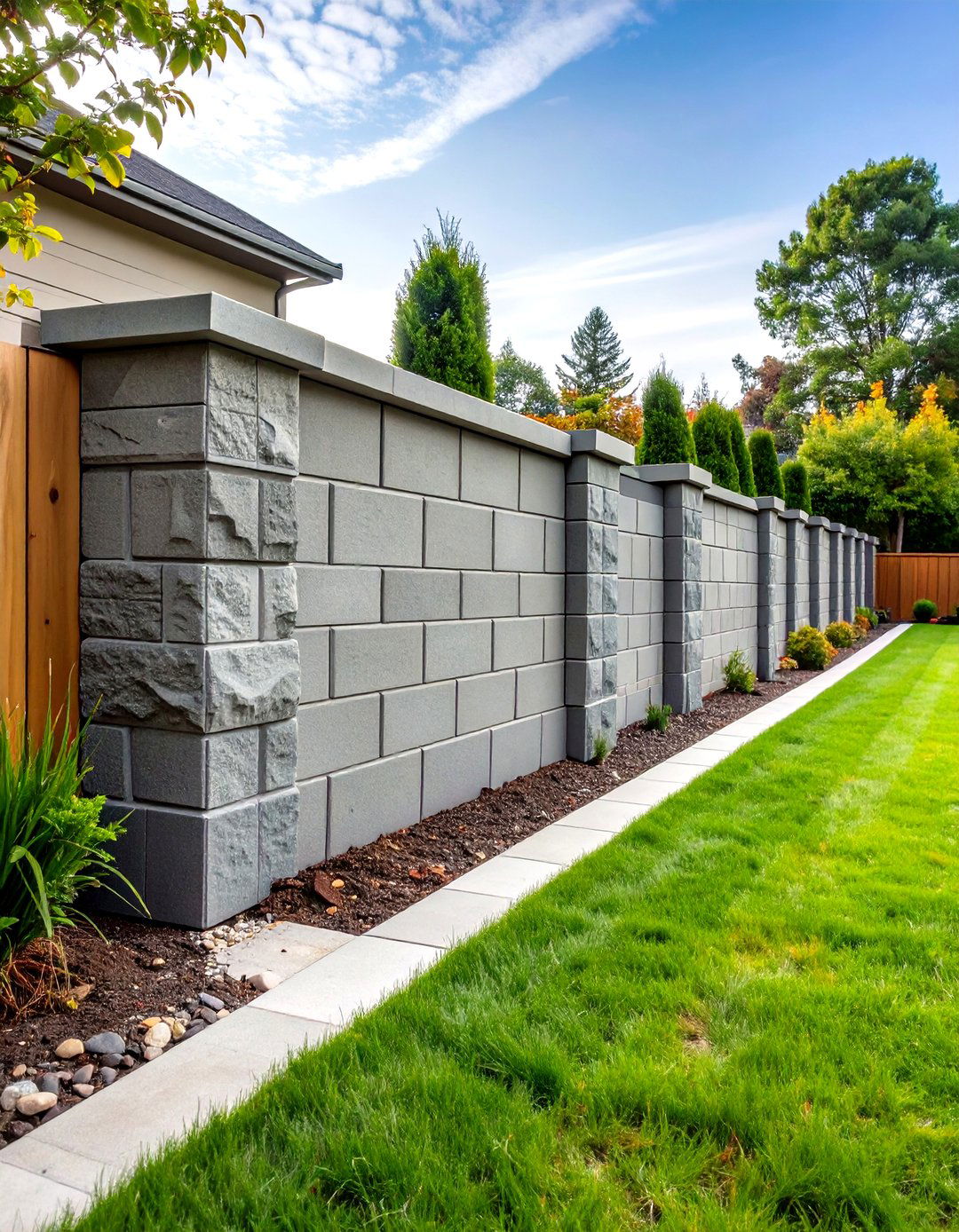
Concrete blocks represent one of the most popular and accessible retaining wall materials available to homeowners. Concrete blocks are very versatile. They vary in shape and size and can be used to make elegant curves. These uniform blocks offer exceptional durability, potentially lasting up to 100 years with minimal maintenance requirements. Installation follows a straightforward running bond pattern, similar to traditional masonry work. Each course of block is back-set by 3/4" so that, while level, the wall effectively angles back into a hillside. Modern interlocking systems feature rear-lip locators for faster, more accurate installation. The blocks accommodate various finishes including split-face textures for enhanced visual appeal. While requiring proper foundation preparation and drainage considerations, concrete block walls provide reliable performance for heights up to four feet without extensive reinforcement.
4. Cinder Block Retaining Wall

Distinguished from standard concrete blocks by their composition, cinder blocks utilize coal cinders as aggregate material rather than traditional sand or gravel. Cinder blocks provide a high level of stability and resistance to weathering and pressure from retained soil. These hollow structures offer opportunities for reinforcement through steel rebar placement and concrete filling, significantly enhancing structural integrity. Material, size, and labor costs all influence the final cost. The average cost per square foot might vary from $10 to $25. The modular design accommodates various architectural styles and can be enhanced with surface treatments like stucco, paint, or stone veneer applications. Proper installation requires foundation preparation and careful attention to drainage systems. While heavier than timber alternatives, cinder blocks provide excellent value for medium-height retaining wall projects requiring robust, long-term soil retention capabilities.
5. Railroad Tie Retaining Wall
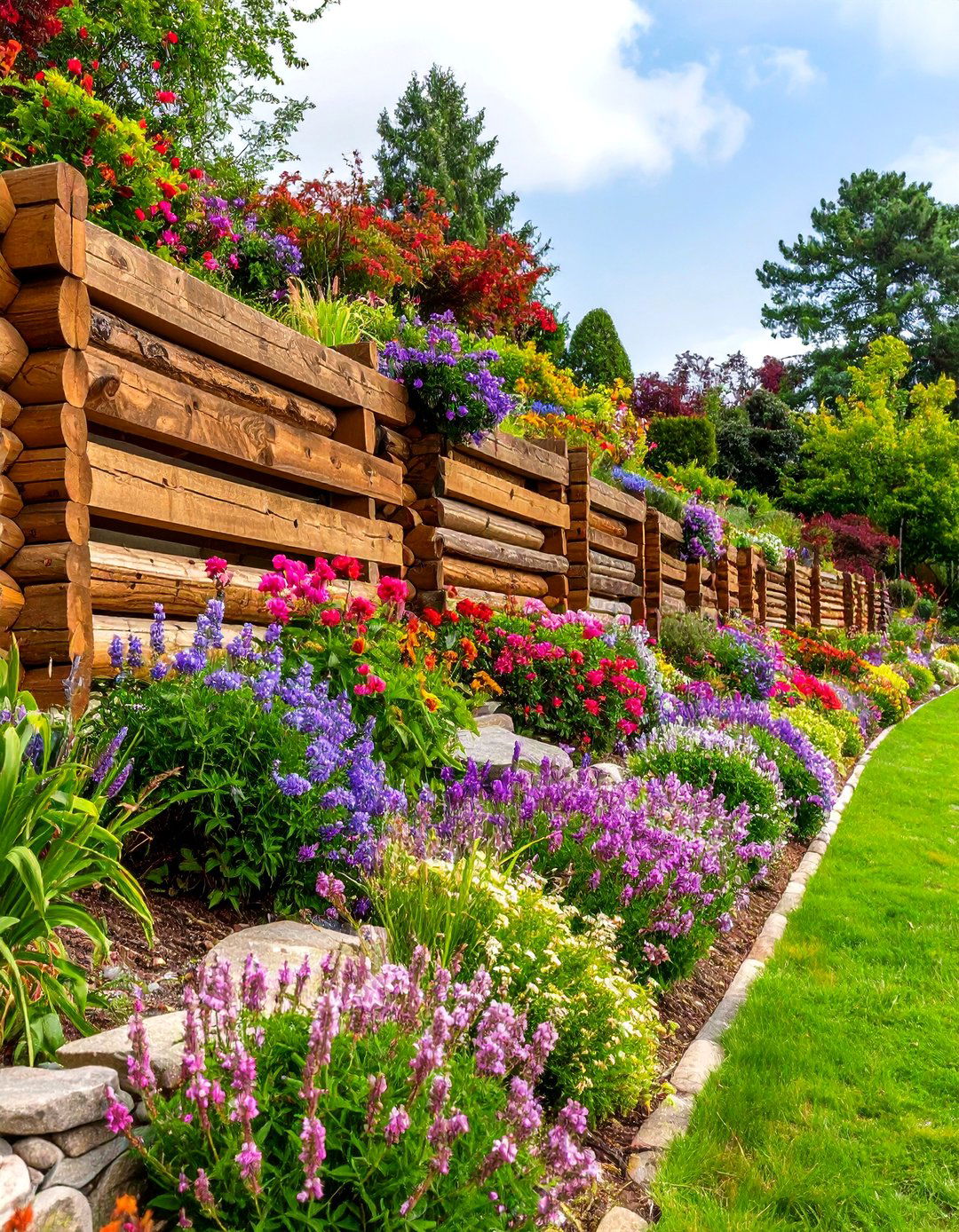
The classic appeal of railroad tie construction continues attracting homeowners seeking rustic, substantial retaining wall solutions. Railroad ties provide a practical and cost-effective solution for a landscaping retaining wall. The fact that this wall is constructed using treated wood will enhance its longevity, up to fifteen years. These massive timbers, originally designed for railway infrastructure, offer impressive load-bearing capacity and natural resistance to decay through creosote treatment. Railroad ties tend to range from $20 to $30 per square foot, making them a budget-friendly choice for DIY construction. Installation involves strategic placement and securing with appropriate fasteners or rebar reinforcement. The substantial size and weight provide inherent stability, while the weathered appearance adds character to landscape designs. However, proper safety considerations regarding creosote exposure should be evaluated, particularly in areas near edible plantings or frequent human contact.
6. Natural Stone Retaining Wall
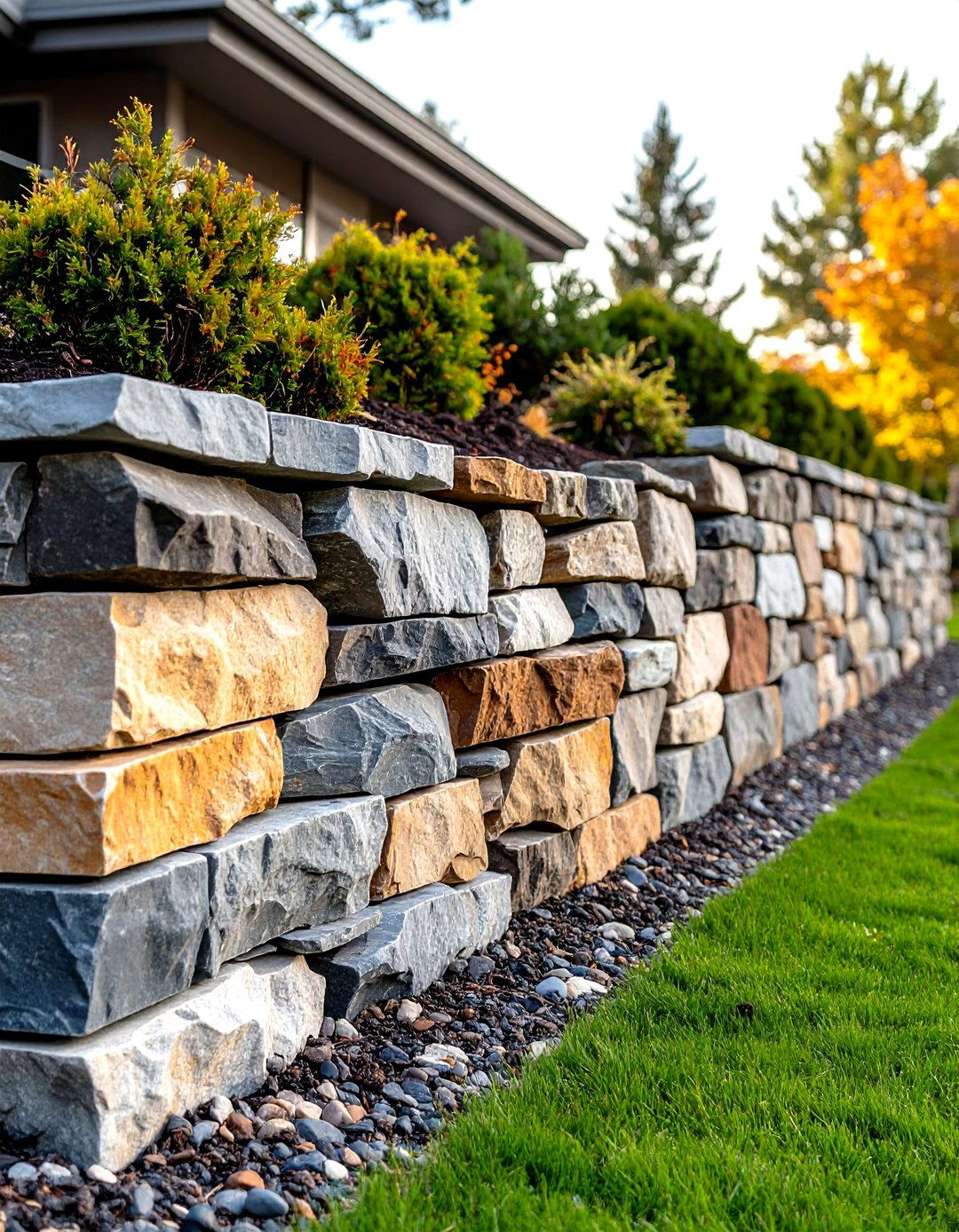
For homeowners with access to local stone sources, natural stone retaining walls offer unmatched aesthetic appeal and longevity. If you have access to free slate, river rock, or fieldstone, you can build a retaining wall at little to no cost. Stone selection significantly impacts both appearance and construction complexity, with options ranging from fieldstone to quartzite and granite varieties. Stone retaining walls can be built anywhere on the landscape of any size. Other than being less expensive than concrete and brick, stone walls give your landscape a natural, classic and timeless look. Dry-stacking techniques eliminate mortar requirements for lower walls, while taller structures benefit from mortar applications for enhanced stability. The irregular shapes require patience during fitting and placement, but create unique, organic appearances that complement natural landscapes beautifully. Professional assistance may be warranted for complex installations, though determined DIYers can achieve excellent results with persistence and proper preparation.
7. Brick Retaining Wall

Timeless brick construction brings classic elegance to retaining wall projects while offering reliable structural performance. If you are looking for an enduring and elegant solution for your sloped outdoors, a brick retaining wall is the way to go. Traditional masonry techniques apply, with careful attention to foundation preparation and proper mortar application ensuring long-term stability. Brick walls complement various architectural styles, from colonial to contemporary designs, and maintain their appearance throughout decades of exposure to weather elements. The uniform size and shape of bricks facilitate precise installation and level courses. Bricks are durable and maintain their appearance in the elements. They are also relatively simple to install. Color variations and texture options allow customization to match existing structures or landscape themes. While requiring more technical skill than some alternatives, brick retaining walls provide excellent value through their combination of beauty, durability, and relatively straightforward installation processes.
8. Recycled Tire Retaining Wall
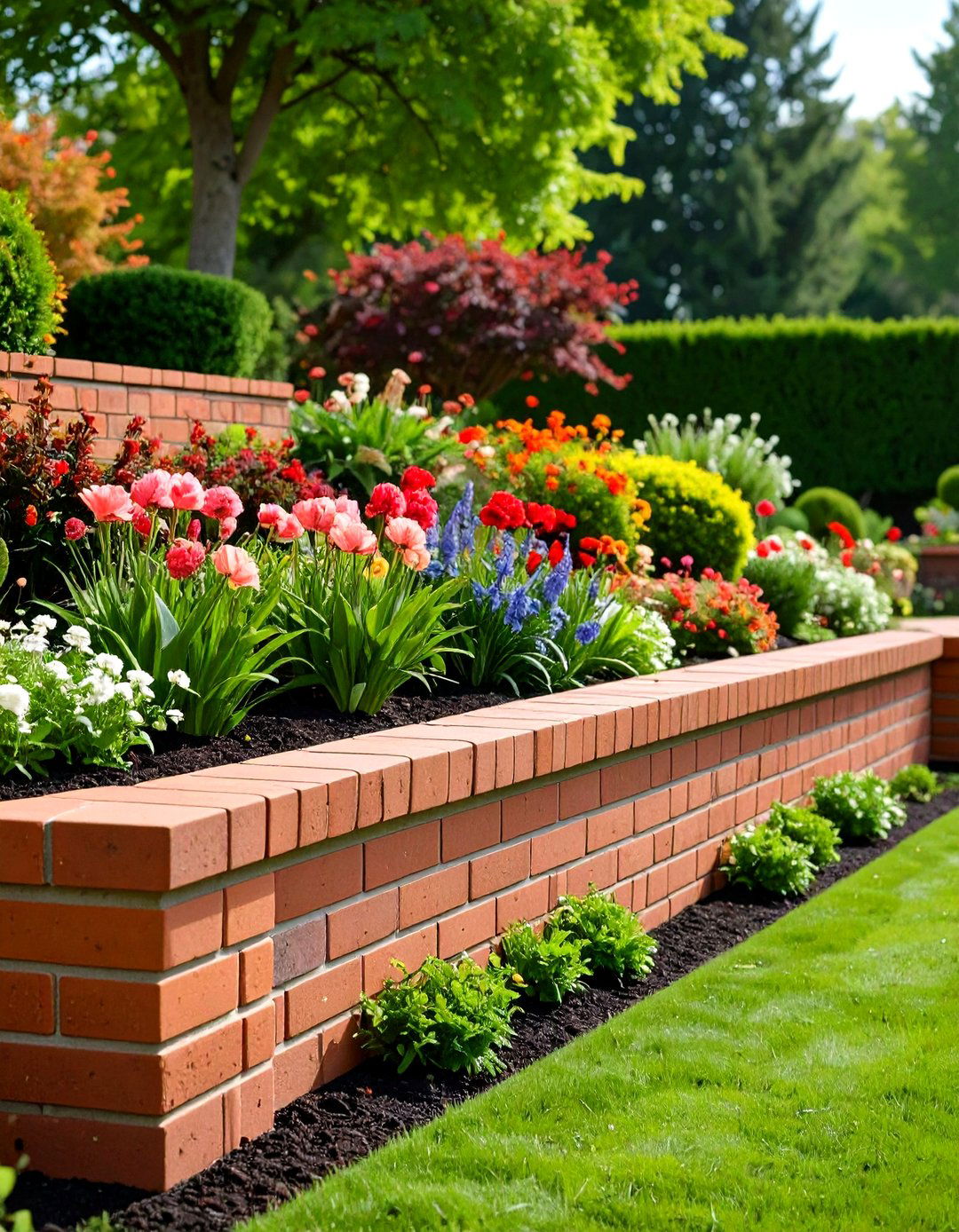
Creative reuse of discarded tires offers an environmentally conscious and extremely budget-friendly retaining wall solution. With scrap tire retaining walls, you will get a creative solution to the mounting problem of tire waste. Used tires are readily available from auto shops, tire retailers, and recycling centers, often at minimal cost or free for removal. Recycled tires are easily and readily available to consumers at a small fee such as $1.80 to $40 per tire in local garages, online stores, and scrapyards. Construction involves stacking tires in pyramid fashion and filling with soil, gravel, or concrete for stability. The circular shape requires creative design approaches but can produce attractive curved walls and terraced garden areas. Proper drainage ensures longevity, while the inherent flexibility provides earthquake resistance in seismic regions. Surface treatments can improve appearance, transforming utilitarian materials into attractive landscape features while diverting waste from landfills.
9. Poured Concrete Retaining Wall
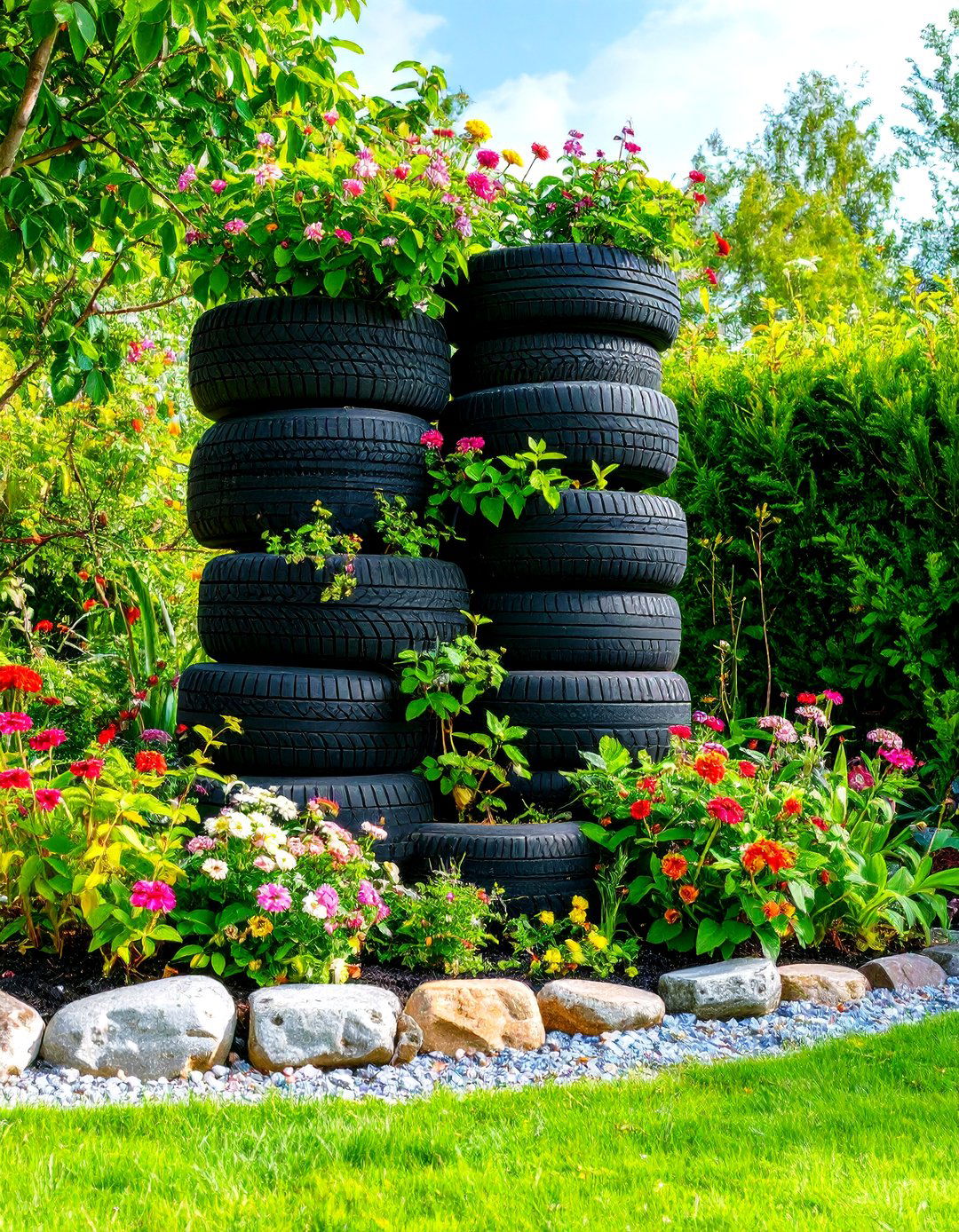
Although requiring more technical expertise, poured concrete retaining walls offer unlimited design flexibility and exceptional structural integrity. Concrete blocks are expensive but poured concrete is not. It is just a mixture of concrete mixed with gravel and pebbles that can be turned into any shape. This method accommodates curved designs, varying heights, and integrated features like seating or planters. Poured concrete gives retaining walls a very modern and sleek appearance. It also allows for many different types of structures and shapes that are very unique. Form construction represents the primary challenge, requiring careful planning and temporary structural support during curing. However, the resulting walls provide decades of maintenance-free service with proper installation. Decorative finishes including stamping, staining, or aggregate exposure can enhance visual appeal significantly. While labor-intensive initially, poured concrete walls offer excellent long-term value through their durability and design versatility, particularly for complex terracing projects.
10. Concrete Sleeper Retaining Wall
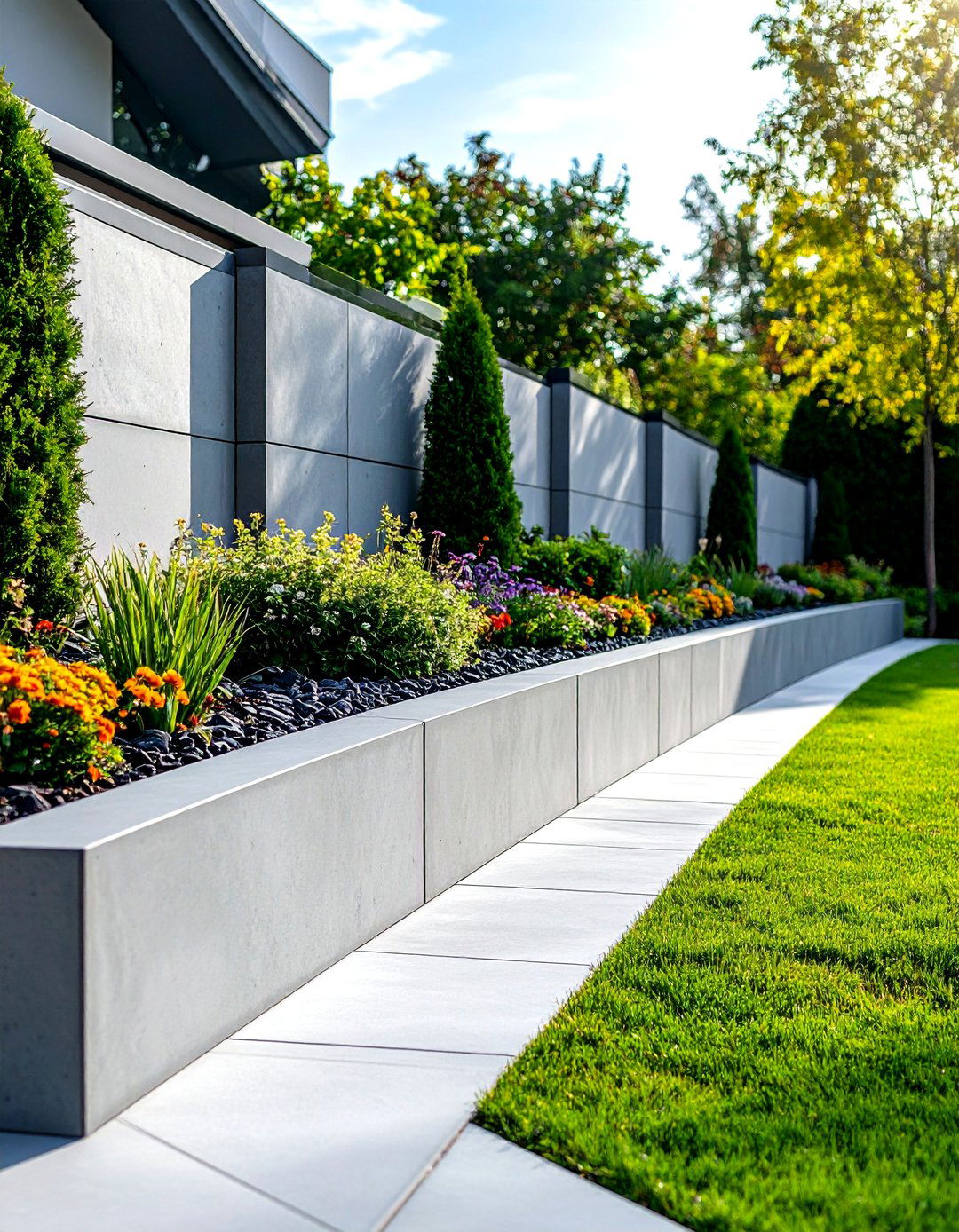
Modern concrete sleepers combine the appearance of timber with the durability of concrete construction materials. Concrete sleepers provide another option if you don't want to use concrete blocks or poured concrete. These large pre-cast sections are placed together to form a sturdy wall. Available in various textures including wood grain, stone, and smooth finishes, these precast elements offer design flexibility while eliminating timber maintenance concerns. Concrete sleepers are renowned for their extreme durability and strength. Installation requires steel post support systems and proper foundation preparation, but the modular design simplifies construction compared to poured concrete alternatives. A timber-look retaining wall, made from 40MPa concrete and reinforced with 2xN12 Reo Steel Bars, which can easily last 50+ years. The substantial weight provides excellent stability, while the consistent dimensions ensure level, professional-appearing installations. Color options and surface treatments allow coordination with existing landscape elements while providing decades of reliable service with minimal maintenance requirements.
11. Timber Sleeper Retaining Wall
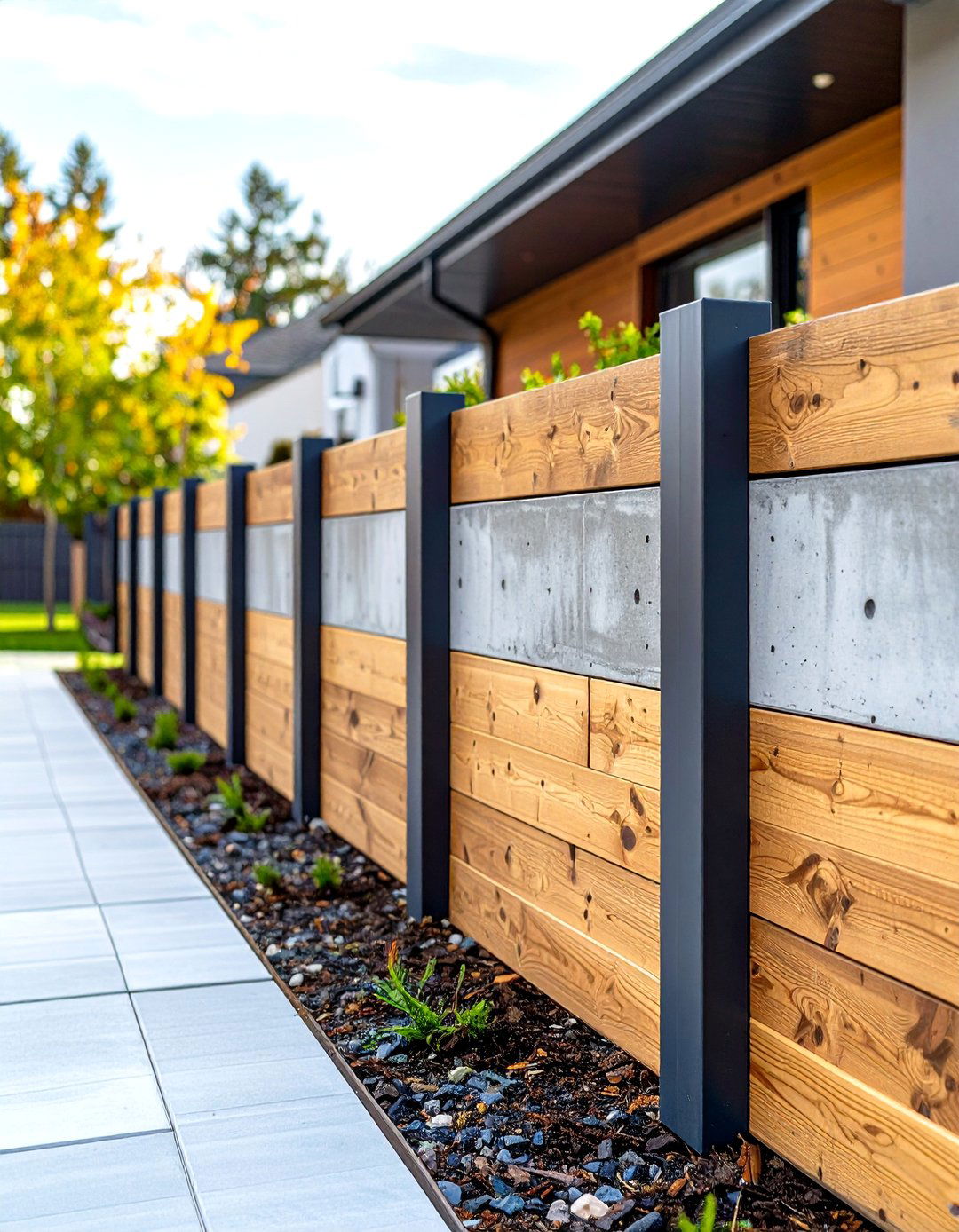
Traditional timber sleepers offer natural beauty and relatively simple installation for retaining wall construction projects. A treated pine garden sleepers retaining wall is made to prevent soil from spilling over and sliding out, adding safety to your property. These substantial lumber pieces, available in various wood species including treated pine and hardwood varieties, provide authentic rustic appeal that complements organic landscape designs. With timber available at a range of $13 to $45 per foot based on wood type, it is an appealing alternative for DIY retaining walls. Installation involves strategic stacking and securing with appropriate fasteners or post systems. The natural material weathers beautifully over time, developing attractive patina while maintaining structural integrity. With proper treatment and maintenance, a wooden retaining wall lasts 20-25 years. Regular maintenance including sealing and inspection ensures optimal performance, while the workability of timber allows for custom fitting and modification during installation, making it ideal for irregular terrains.
12. Pallet Wood Retaining Wall

Transforming discarded shipping pallets into functional retaining walls represents ultimate resourcefulness in sustainable construction practices. Often available for free through local recycling networks, pallets are a great way to create an eco-friendly, budget-conscious garden project. Standard construction involves cutting pallets in half, lining with weed barrier fabric, and stacking while securing with fasteners. The pallets are then stacked and fastened together at the back to form a solid wall. Proper drainage preparation includes stone and sand foundation layers to prevent water damage. While pallets are not treated wood and may eventually rot, they are still an excellent option for those looking for a temporary yet effective retaining wall solution. The modular nature allows for creative height combinations and easy replacement of individual sections as needed. Surface treatments can improve appearance and longevity, while the grid structure accommodates plantings for living wall effects, making this an ideal solution for temporary or experimental landscaping projects.
13. Metal Sheet Retaining Wall
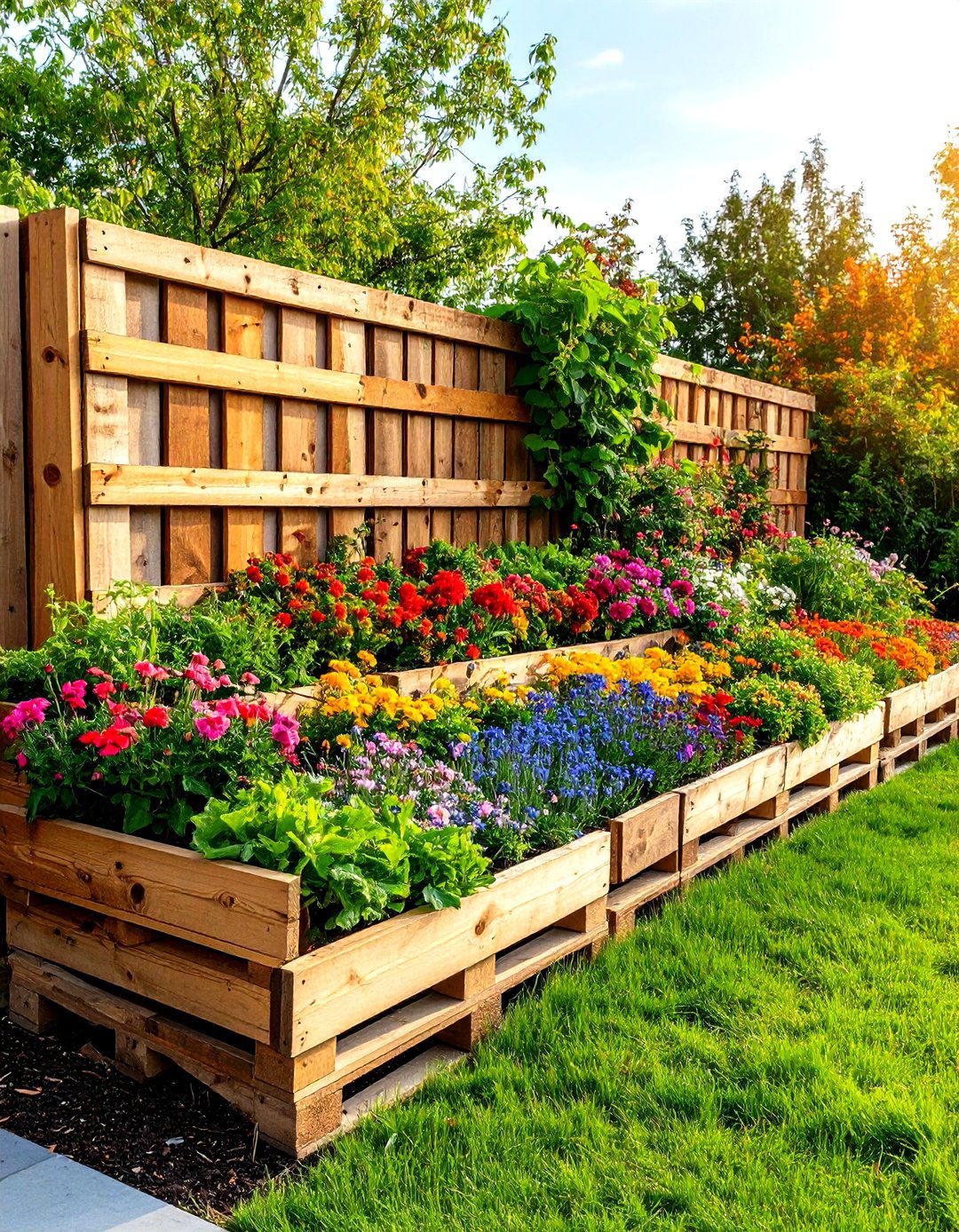
Contemporary metal sheet retaining walls provide sleek, modern aesthetic appeal while offering practical soil retention capabilities. A metal retaining wall might not be the first idea that comes to mind, but it can offer a sleek, modern touch to your yard. Corrugated steel, aluminum, or weathering steel options provide different visual characteristics and price points for various design preferences. While metal can be pricier per square foot than poured concrete, it's an affordable choice compared to other options. Installation requires proper anchoring systems and consideration of thermal expansion characteristics. The lightweight nature simplifies handling and positioning during construction, while the continuous surface eliminates joint maintenance concerns common with modular systems. Weathering steel develops attractive rust patina over time, while galvanized options maintain bright metallic appearance. The industrial aesthetic complements contemporary architecture and can be softened with strategic plantings. Proper drainage behind metal walls prevents hydrostatic pressure buildup, ensuring long-term structural stability and performance.
14. Earthbag/Sandbag Retaining Wall

Innovative earthbag construction offers sustainable, low-cost retaining wall solutions utilizing locally available soil materials. Earthbag retaining walls are built with sandbags filled with soil, gravel, and sand from the construction site. This technique eliminates material transportation costs while reducing environmental impact through local resource utilization. They don't require you to source materials from afar, which cuts down on carbon emissions from transportation and is cheaper. Construction involves filling polypropylene bags with stabilized soil mixture, then stacking in courses with barbed wire reinforcement between layers. No expensive forms or equipment are needed with earthbag building, and the technique is faster and easier than other earth-building styles. The bags are tamped solid to eliminate voids and create stable, monolithic walls. Proper plastering protects the fabric from UV degradation while providing attractive finished appearance. The technique accommodates curved designs and varying heights while utilizing readily available materials for exceptional value in remote or resource-limited situations.
15. Bamboo Retaining Wall
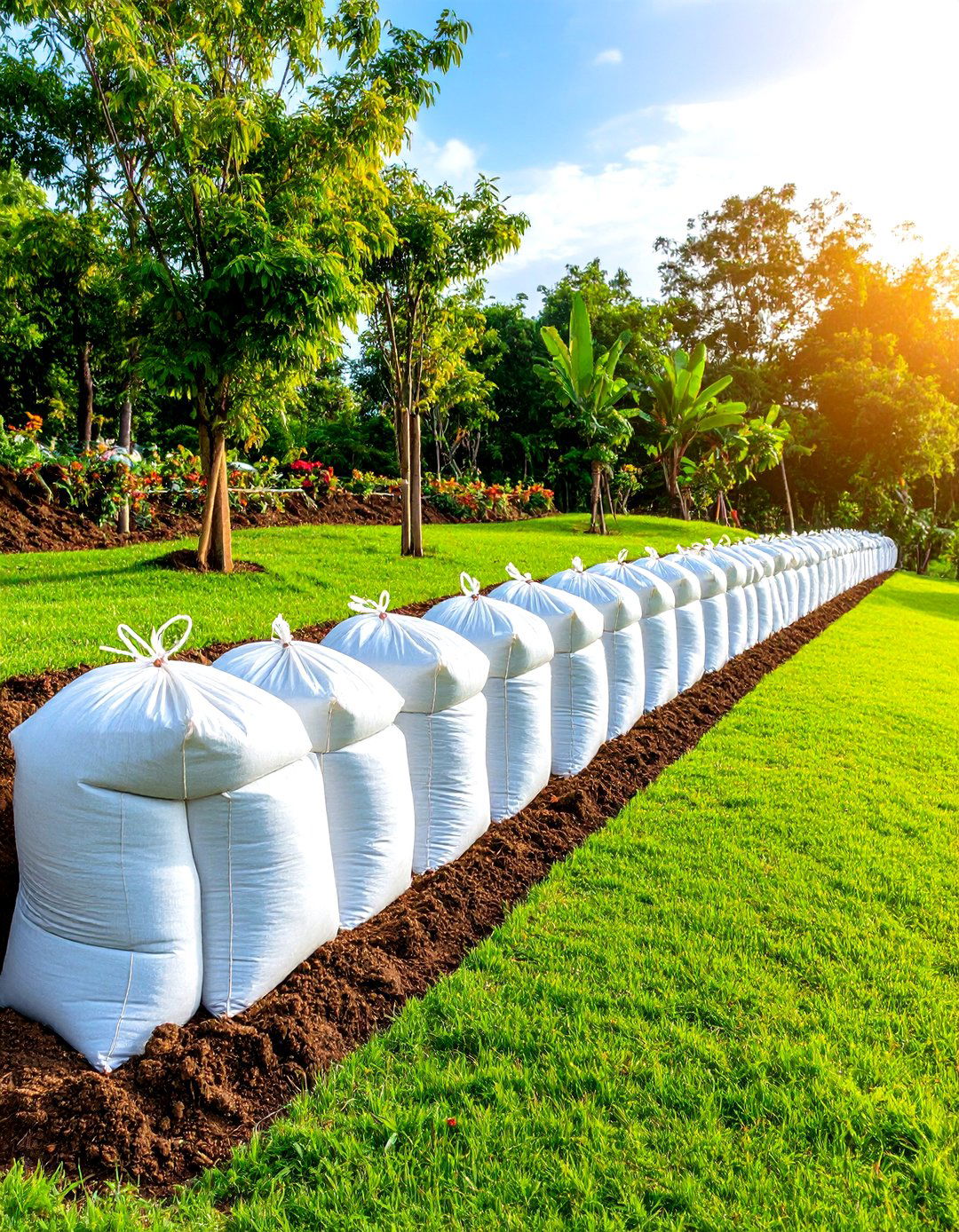
Although bamboo requires specific sourcing, it provides renewable, rapidly growing material for environmentally conscious retaining wall construction. Properly harvested and treated bamboo culms offer surprising strength and flexibility, making them suitable for low-height retaining applications in appropriate climates. Installation typically involves creating framework structures that utilize bamboo's natural joining characteristics and tensile strength. The organic appearance integrates beautifully with Asian-inspired garden designs and tropical landscaping themes. Bamboo's lightweight nature simplifies handling and installation compared to traditional masonry materials. However, treatment against insects and moisture remains critical for longevity in most climates. The rapid growth rate makes bamboo environmentally sustainable compared to traditional timber harvesting. Creative binding and joining techniques can produce attractive geometric patterns while maintaining structural integrity. While not suitable for all regions or soil conditions, bamboo retaining walls offer unique aesthetic appeal and environmental benefits for appropriate applications, particularly in areas where bamboo grows naturally.
16. Urbanite (Broken Concrete) Retaining Wall
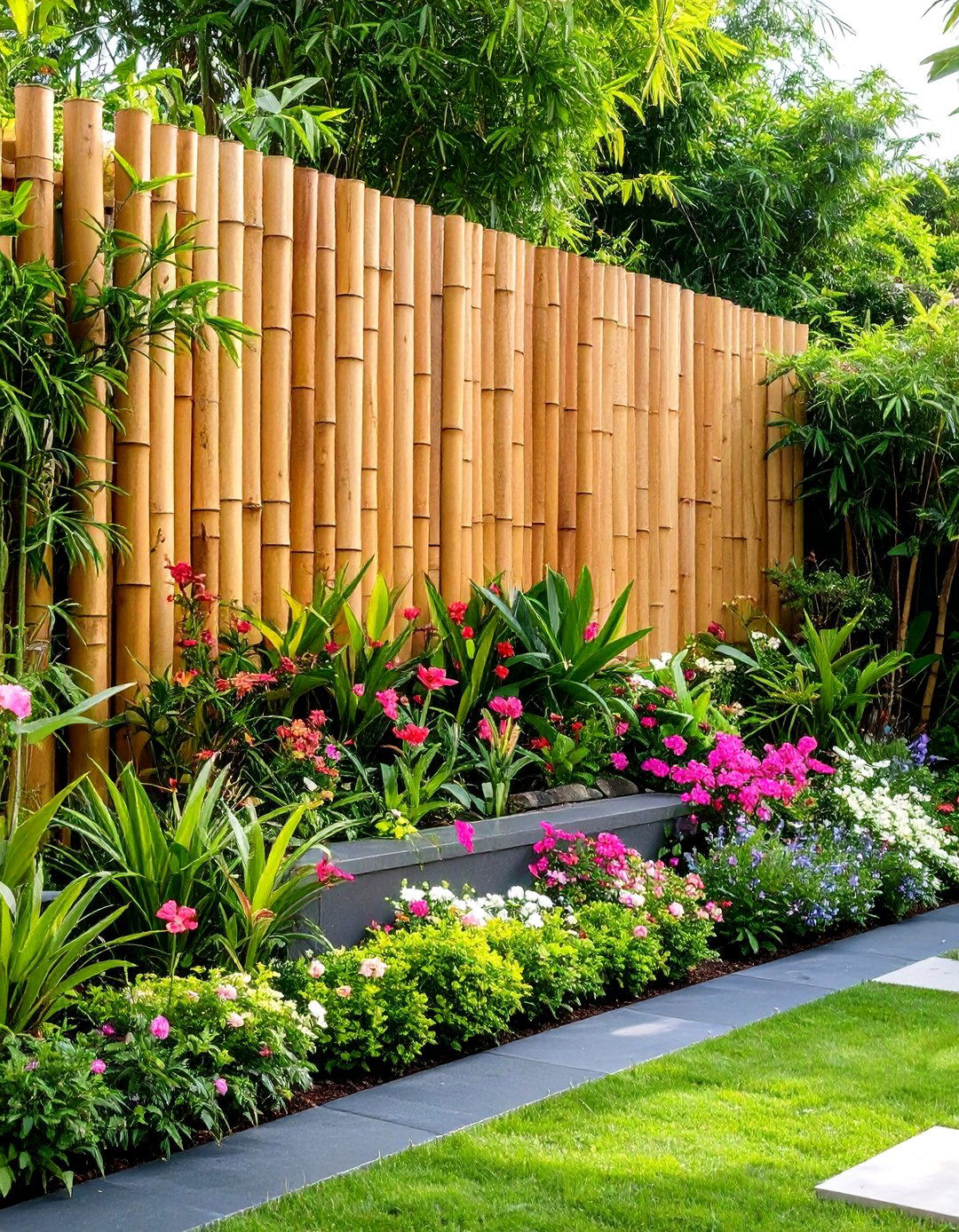
Creative reuse of demolished concrete transforms waste materials into attractive, functional retaining wall construction. Urbanite has a lot going for it: it's durable and heavy like natural stone, reusing this product in garden and landscape design takes it out of the waste stream. Available from construction demolition sites, driveway removals, and urban redevelopment projects, urbanite often costs nothing beyond transportation expenses. Urbanite can be locally sourced at construction sites or found on Craigslist, and is usually free if you are willing to haul it away. It's often a uniform thickness which makes it easy to stack or lay as a permeable patio surface. Dry-stacking techniques create attractive stone-like walls with natural mortar lines where concrete aggregate shows through. The irregular shapes require puzzle-like fitting but produce unique, organic appearances. Surface staining can enhance visual appeal, while the substantial weight provides excellent stability. Yet, there is certainly something beautiful about a well laid, dry-stacked urbanite retaining wall. Proper sourcing ensures contamination-free materials for landscape applications.
17. Recycled Brick Retaining Wall

Salvaged bricks from demolition projects offer authentic character and sustainable building material for retaining wall construction. Historical bricks often feature superior clay composition and firing techniques compared to modern alternatives, providing exceptional durability and weather resistance. The weathered appearance adds instant character and complements period architecture beautifully. Reclaimed brick sources include architectural salvage companies, demolition sites, and renovation projects throughout urban areas. Cleaning and sorting processes prepare materials for reuse while maintaining authentic patina and texture variations. Traditional masonry techniques apply, with attention to mortar selection that complements the aged brick appearance. The uniform size facilitates precise installation and level courses, while color variations create visual interest throughout the wall surface. Proper foundation preparation ensures longevity, while repointing maintains structural integrity over time. Recycled brick walls provide excellent value through their combination of sustainability, authentic character, and proven durability, making them ideal for restoration projects and historically sensitive landscapes.
18. Steel Drum Retaining Wall

Repurposed steel drums offer cylindrical modules for creative retaining wall construction while diverting industrial waste from disposal facilities. Food-grade drums provide safe materials for landscape applications, while their uniform size creates modular construction opportunities. Installation involves cutting drainage holes, positioning for stability, and filling with concrete or compacted aggregate materials. The cylindrical shape creates interesting geometric patterns and can accommodate curved wall designs naturally. Surface treatments including paint, rust patina development, or decorative coverings can enhance visual appeal significantly. The steel construction provides excellent durability and weather resistance when properly treated for corrosion prevention. Drainage considerations ensure proper moisture management behind the wall structure. While requiring creative design approaches to achieve traditional retaining wall appearance, steel drums offer unique aesthetic possibilities and exceptional strength-to-weight ratios. The industrial heritage adds character to contemporary landscape designs while demonstrating innovative reuse of discarded materials for functional construction applications.
19. Composite Timber Retaining Wall
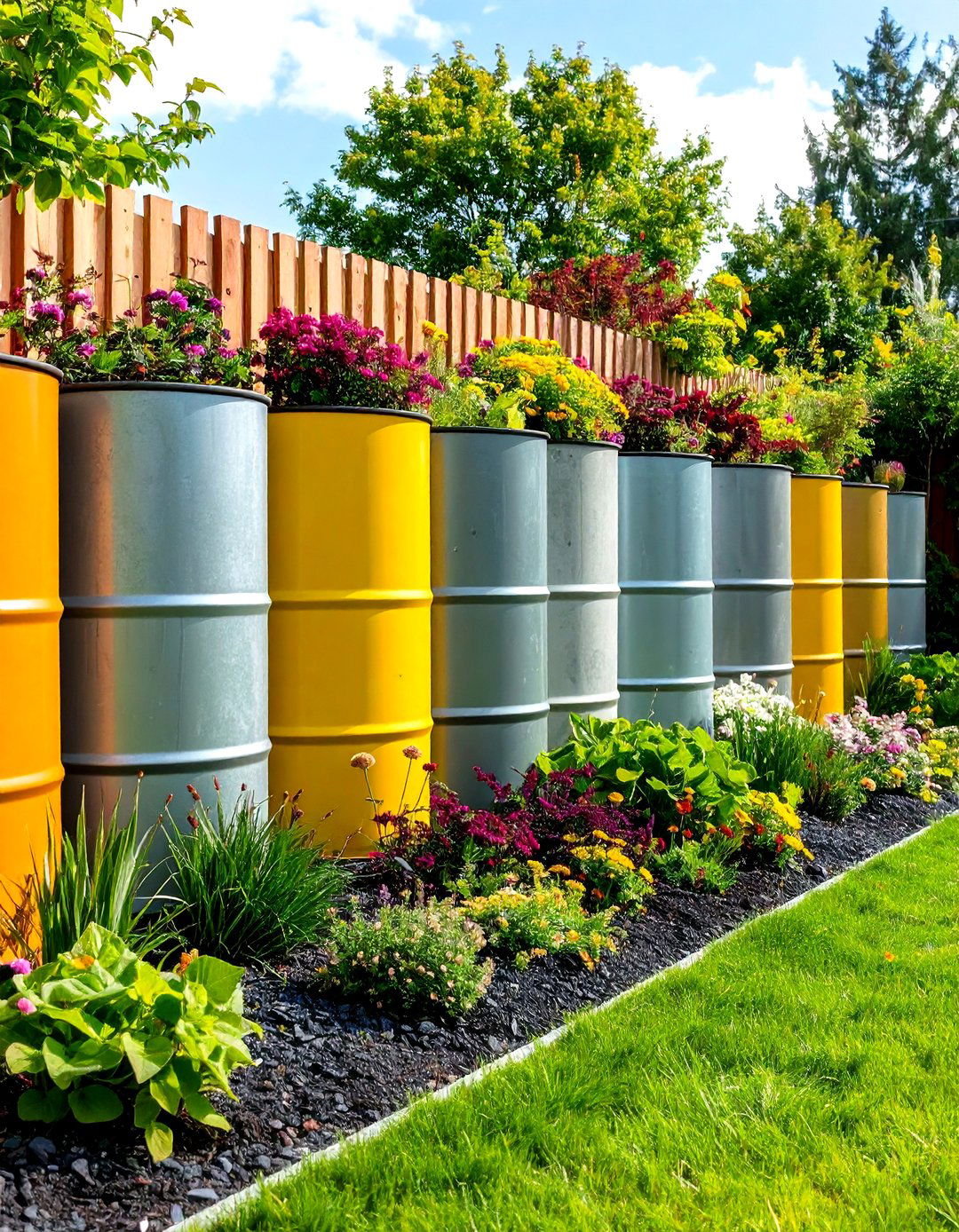
Modern composite materials combine recycled wood fibers with polymer binders to create maintenance-free retaining wall alternatives. Composite timbers made from recycled materials are a wonderful material choice because they don't decompose. These engineered products resist rot, insects, moisture, and UV degradation while maintaining natural wood appearance and workability. Installation follows traditional timber construction techniques using standard tools and fasteners. The consistent dimensions and quality eliminate defects common with natural timber products. Color options range from natural wood tones to contemporary grays and browns, accommodating various design preferences. The lightweight nature simplifies handling compared to traditional timber or masonry alternatives. Initial costs exceed natural timber but eliminate ongoing maintenance requirements including staining, sealing, and replacement cycles. The materials won't warp, split, or check over time, maintaining professional appearance throughout their service life. Environmental benefits include recycled content utilization and elimination of timber harvesting pressure. Composite timber retaining walls provide excellent long-term value for homeowners seeking low-maintenance, attractive soil retention solutions.
20. Terraced Multi-Level Retaining Wall
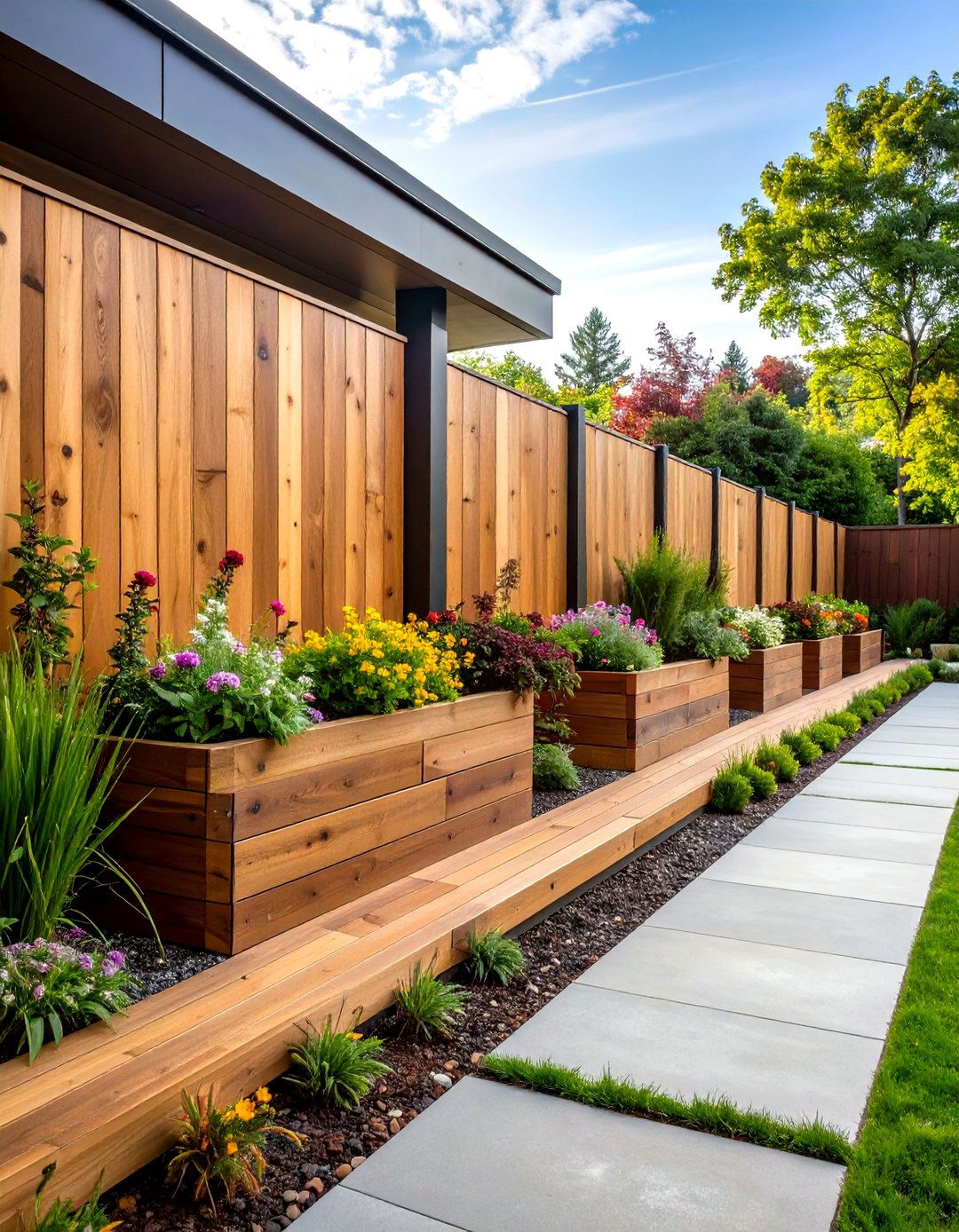
Strategic terracing divides steep slopes into manageable sections while reducing individual wall height requirements and construction complexity. A much simpler and visually interesting idea is to go with a multi-tiered retaining wall. Not only will this cut down on the planning, but it also creates additional surface area where you can show off your gardening skills. This approach allows mixing materials and techniques throughout different levels, optimizing cost and appearance for each section. Lower tiers might utilize heavy materials like concrete or stone, while upper levels employ lighter alternatives such as timber or composite materials. You can fill in each tier with any combination of colorful shrubs and flowers, or even include an in-ground herb garden. The stepped design creates natural planting opportunities between levels, softening the overall appearance while providing functional growing spaces. Drainage systems can be integrated between tiers, managing water flow effectively down the slope. Construction scheduling becomes more flexible, allowing completion in phases as budget and time permit. The varied heights reduce material stress and foundation requirements while creating dynamic visual interest throughout the landscape.
Conclusion:
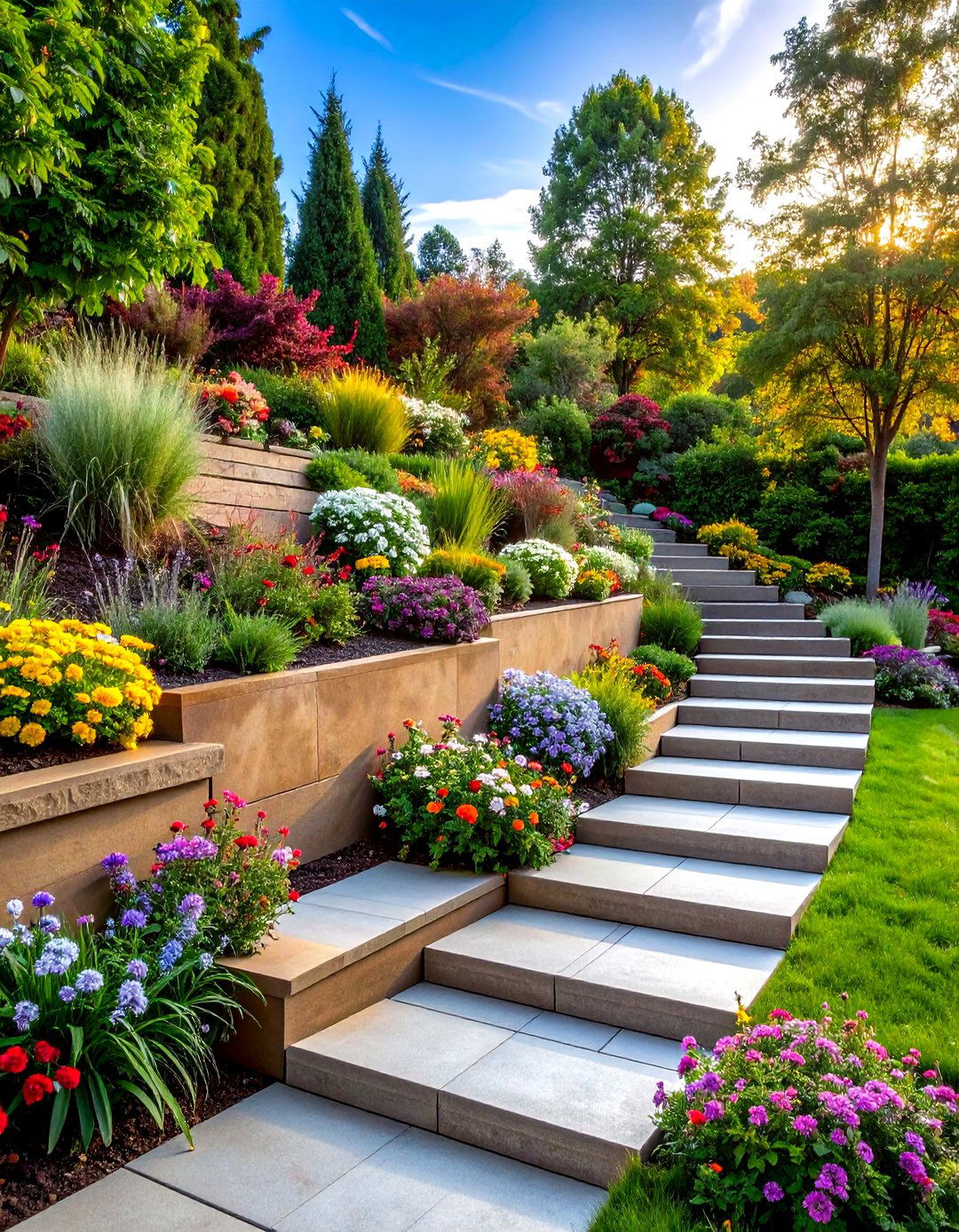
These twenty inexpensive retaining wall ideas demonstrate that effective soil retention doesn't require enormous budgets or professional installation. From free materials like pallets and urbanite to affordable options such as landscape timbers and concrete blocks, homeowners have numerous choices for creating functional, attractive walls. Success depends on matching the right material to your specific site conditions, aesthetic preferences, and skill level. Consider factors like wall height requirements, soil conditions, drainage needs, and long-term maintenance commitments when making your selection. With proper planning and execution, any of these budget-friendly approaches can transform problematic slopes into beautiful, functional landscape features.




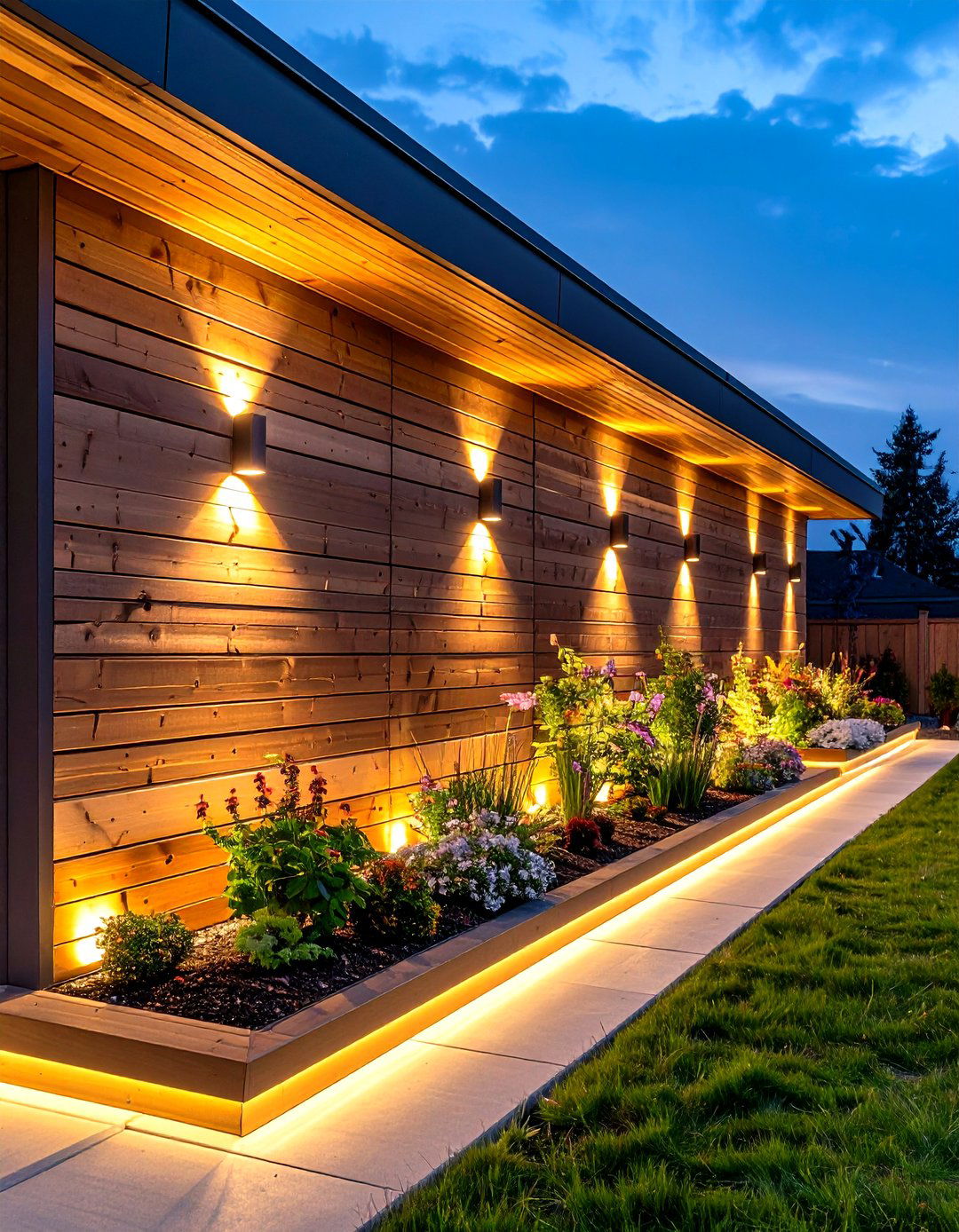
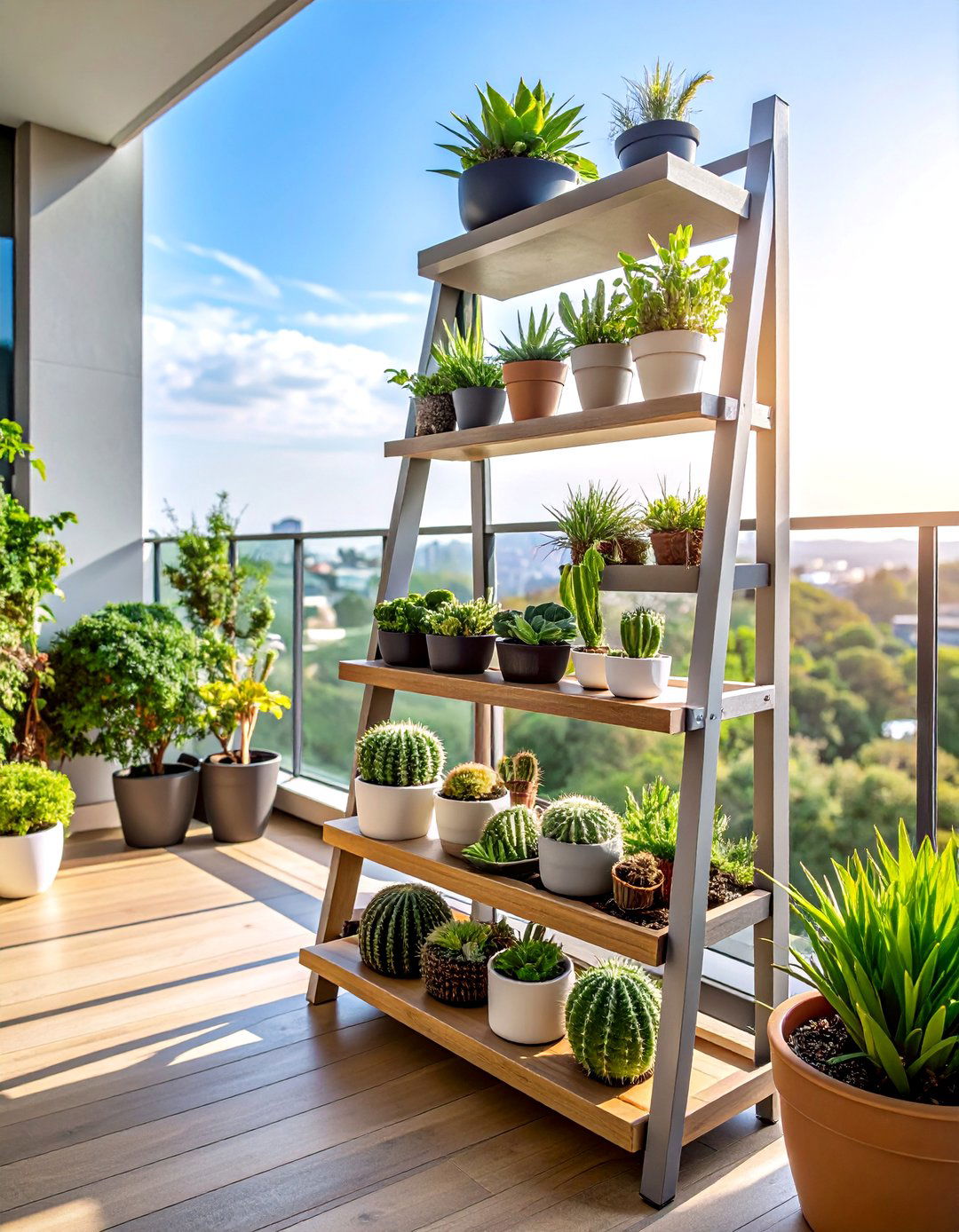
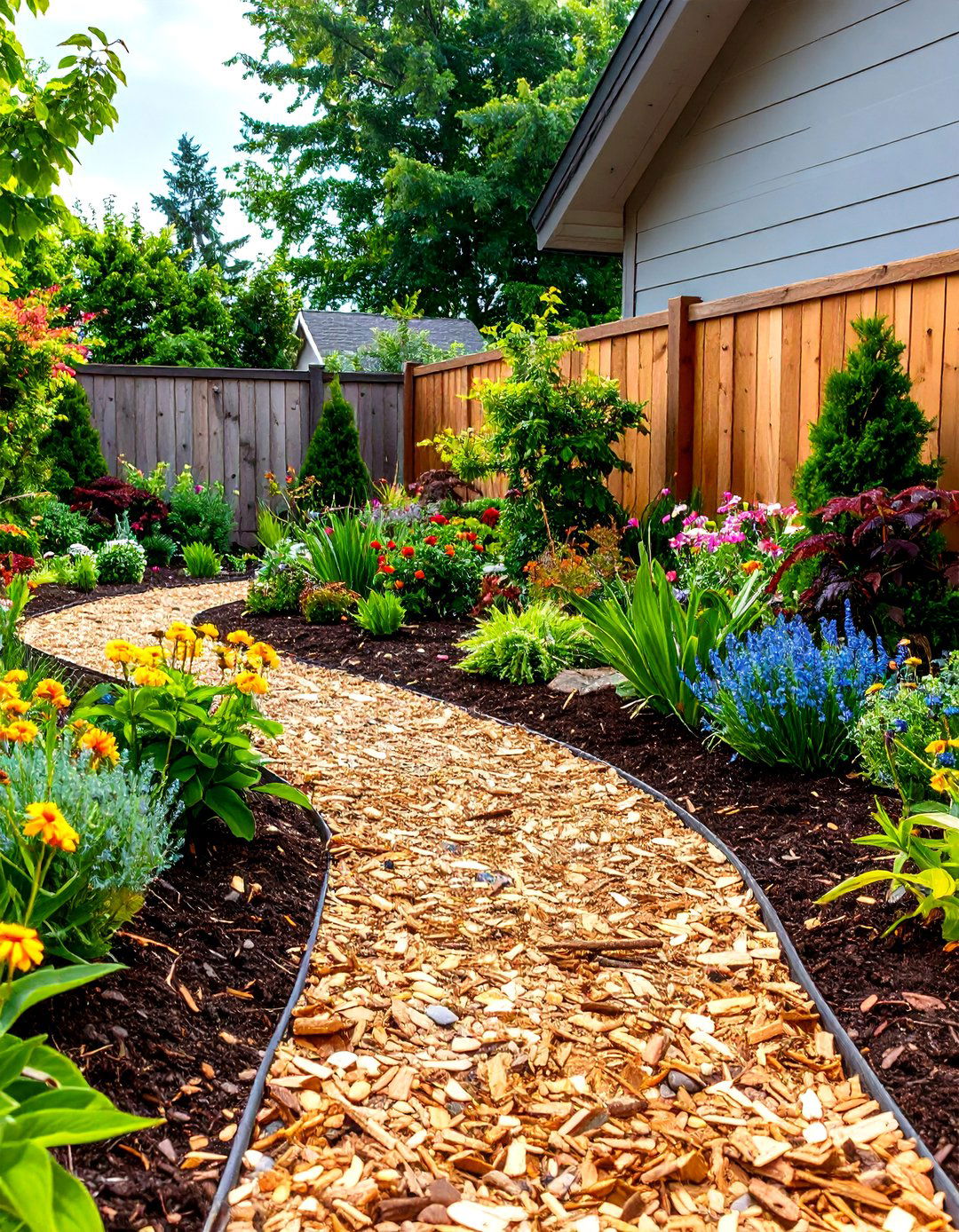

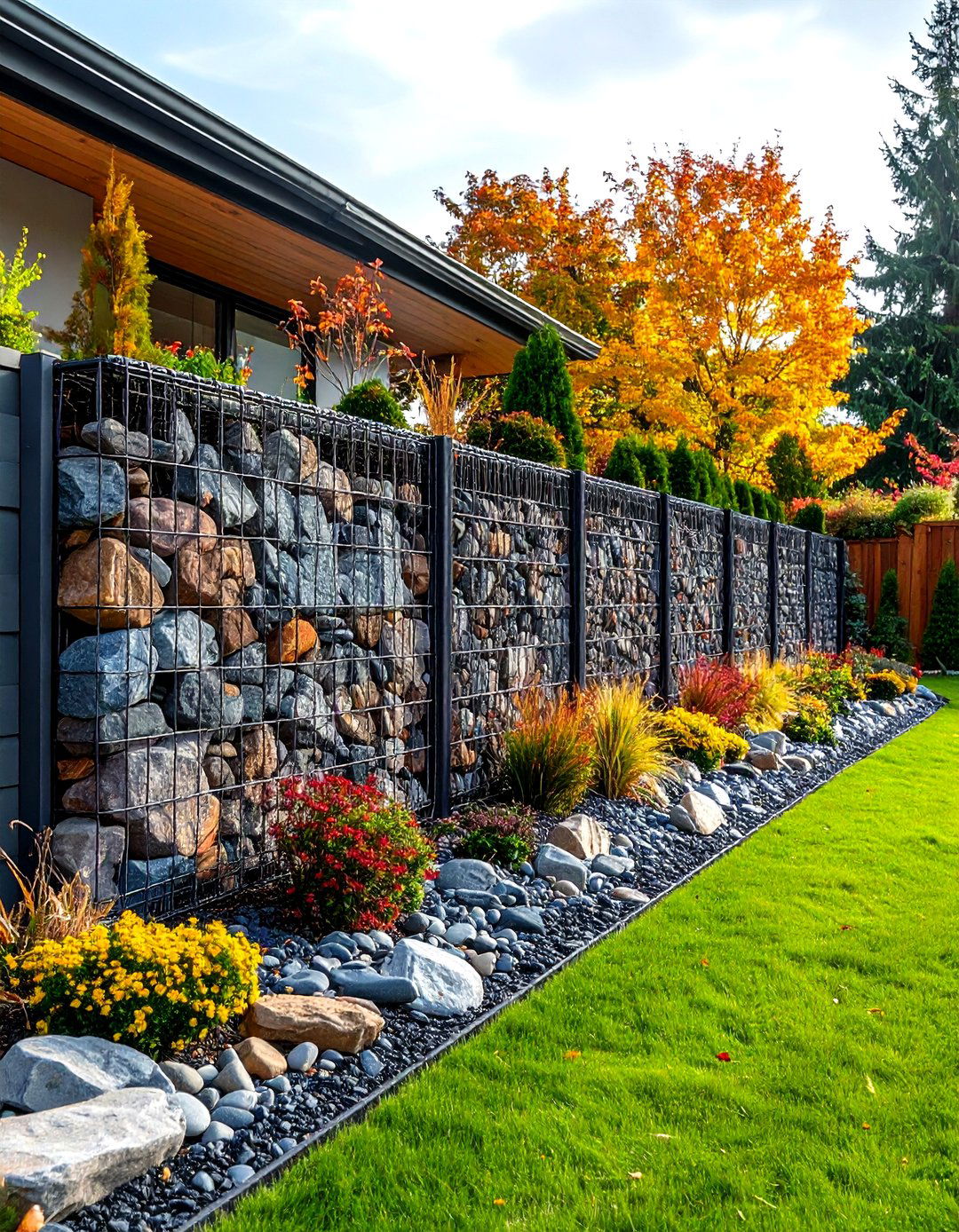
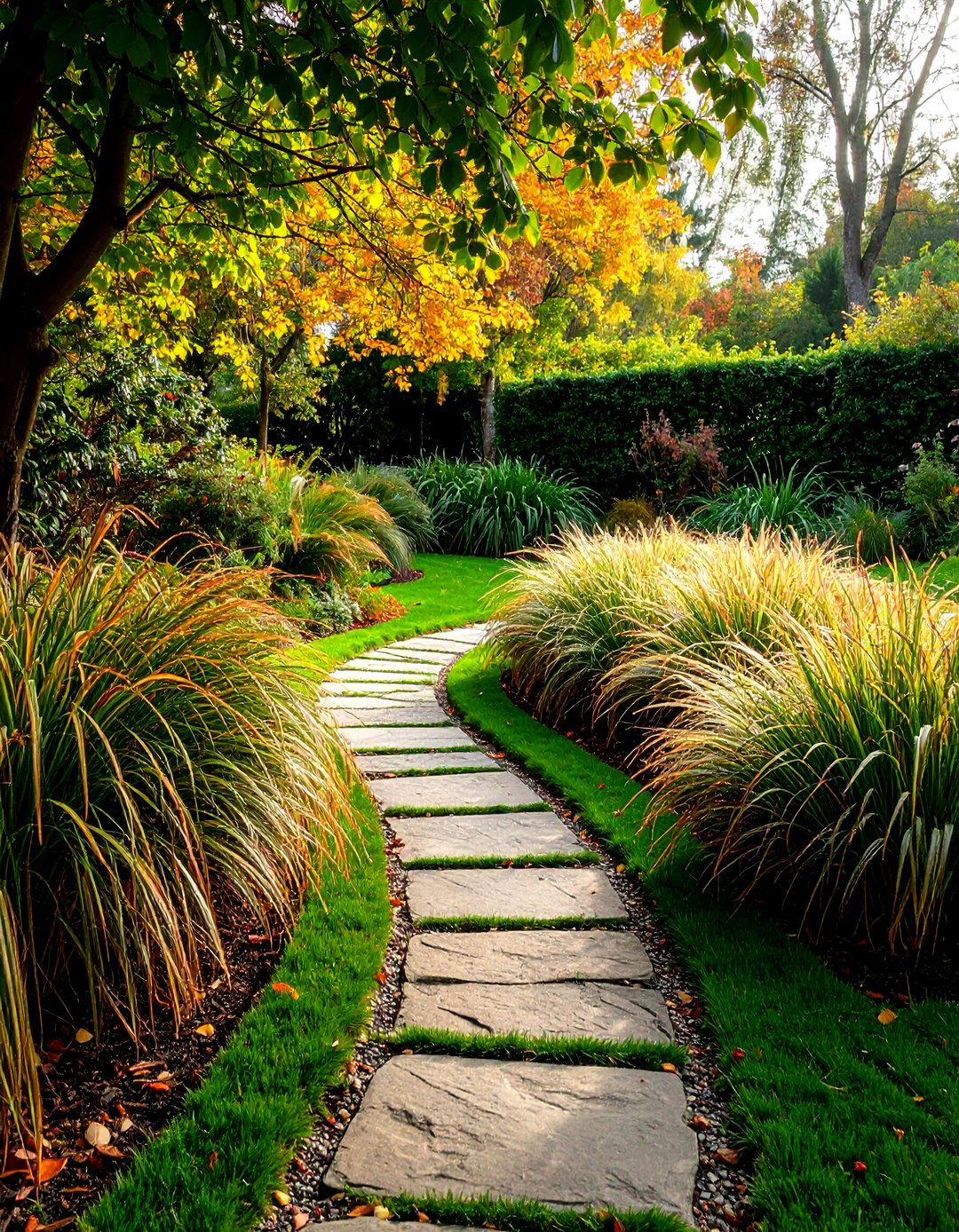
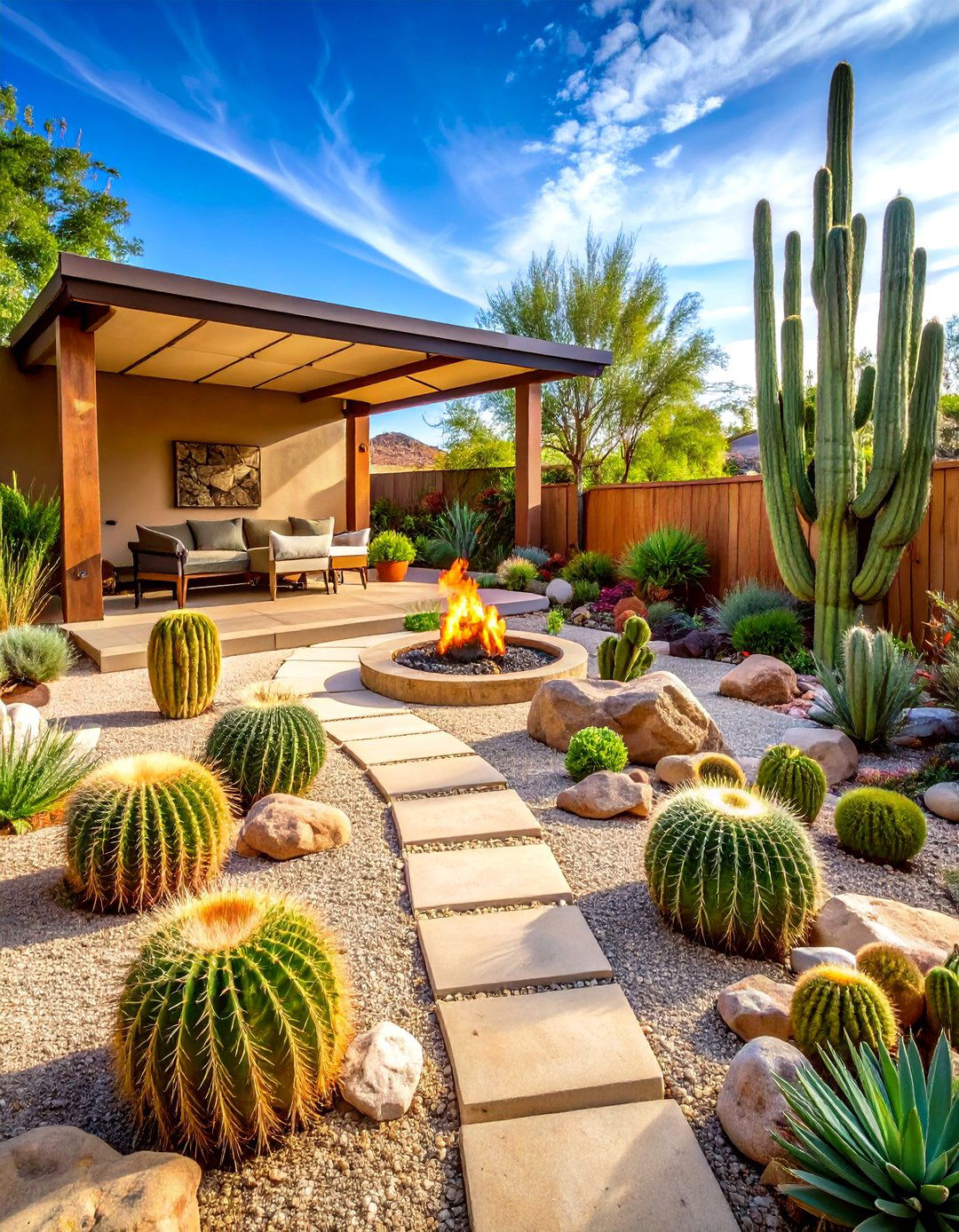
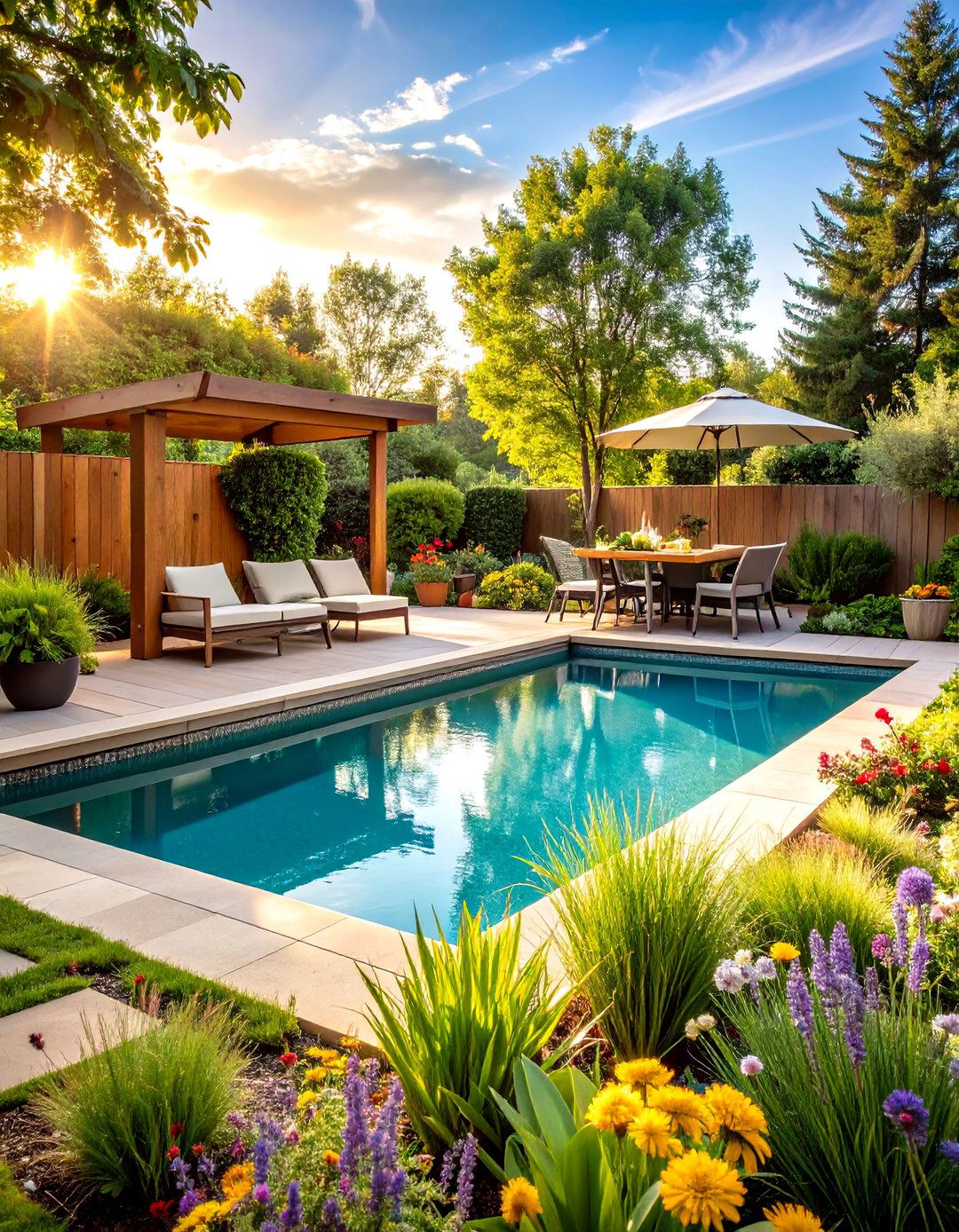

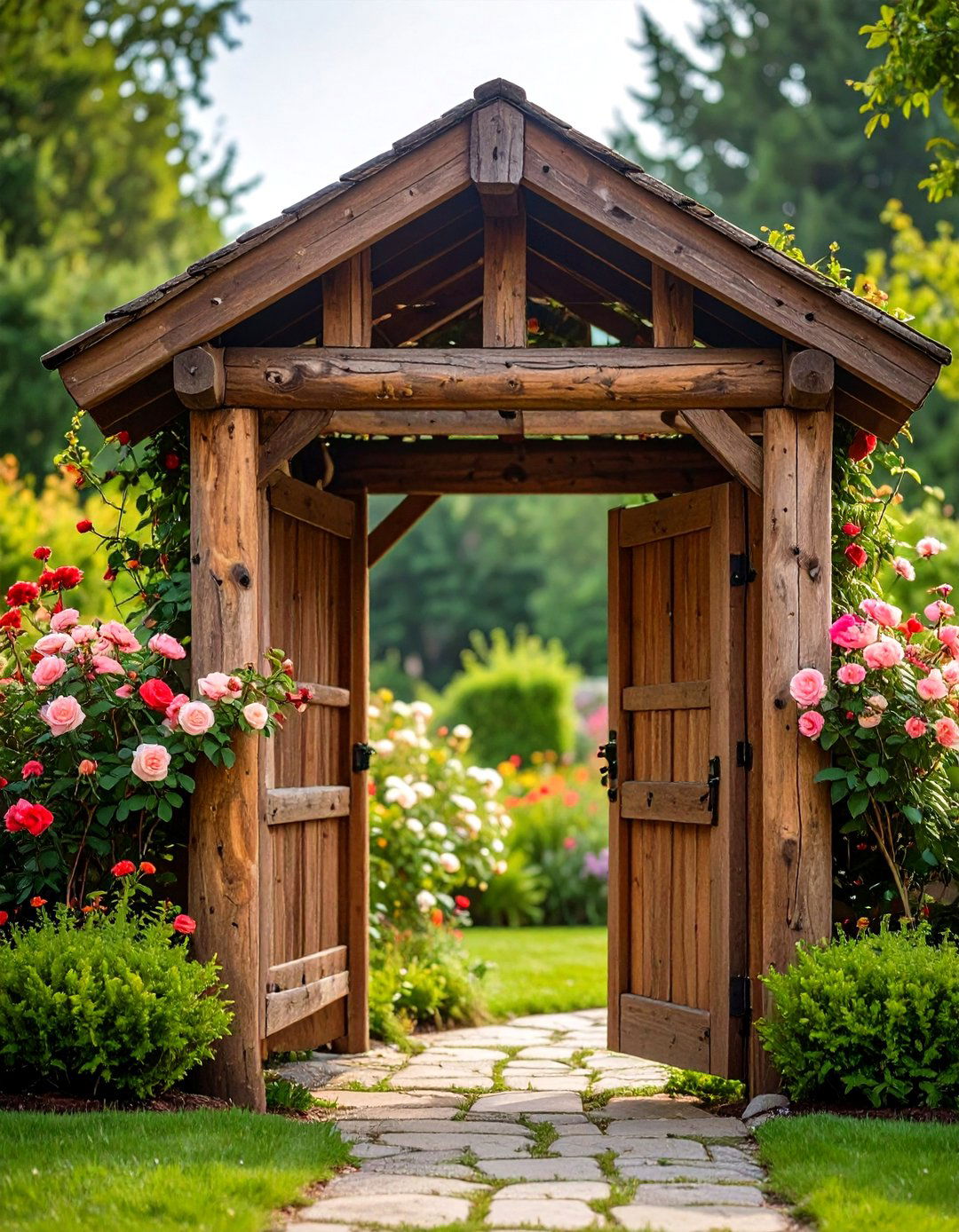
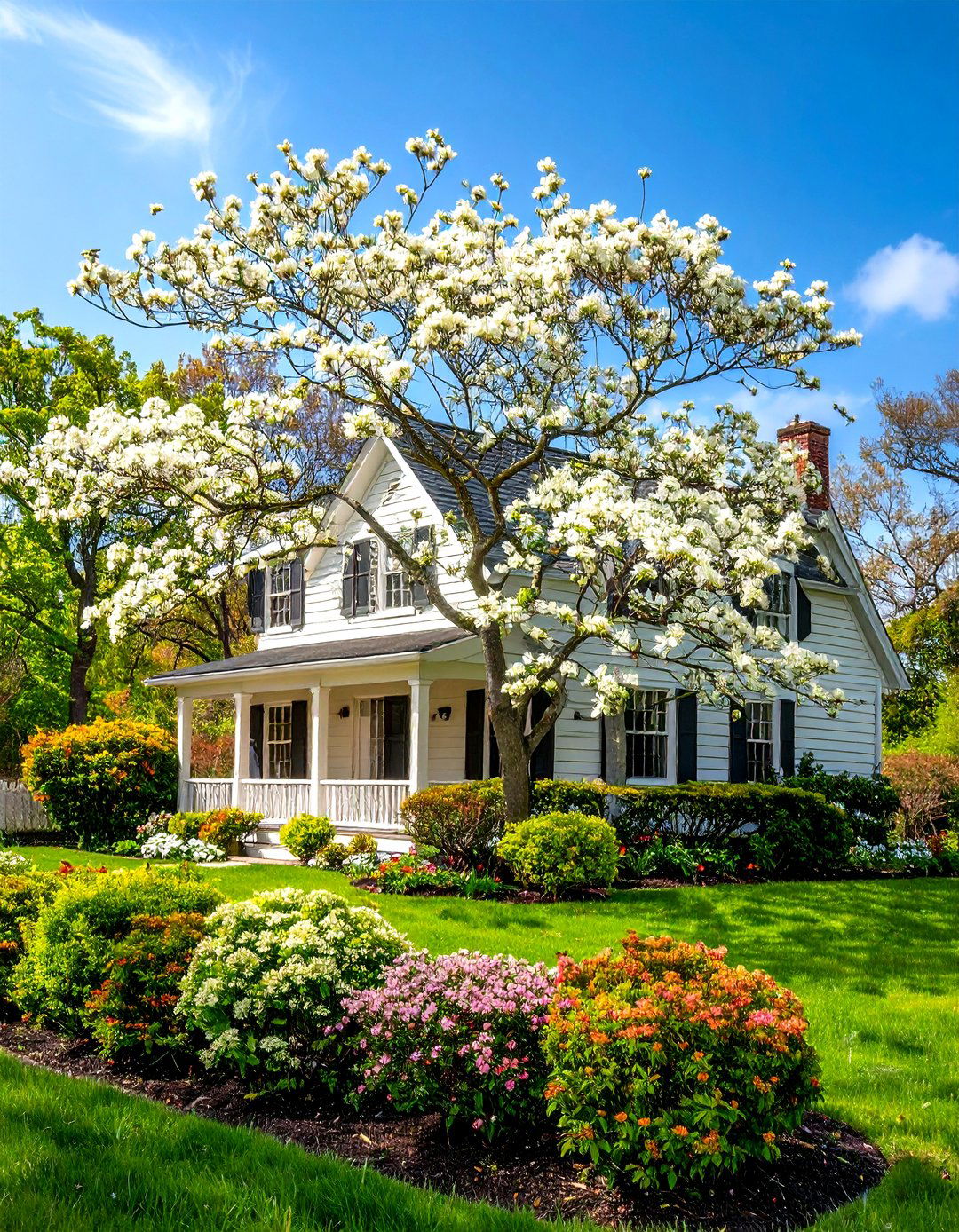
Leave a Reply